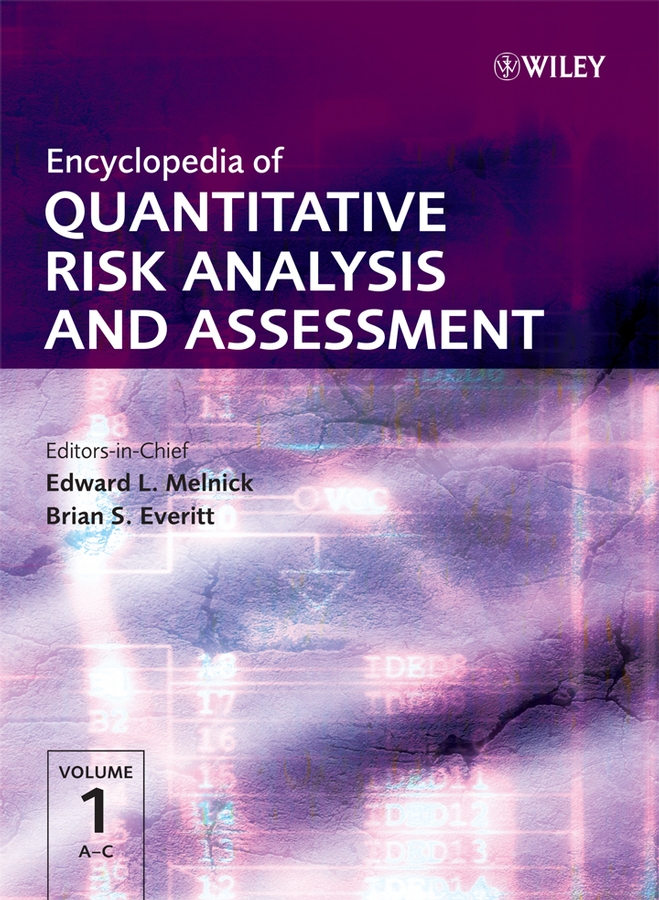Occupational Risks
Abstract
Occupational risk deals with the probability of injury or illness occurring as a result of hazards within the workplace. Occupational hazards can be generally categorized into six types: safety, chemical, biological, physical, ergonomic, and psychosocial. Although many of these hazards have been recognized for centuries, the modern U.S. state and federal legislation regarding workplace safety and health was initiated owing to harsh occupational conditions or catastrophes. Today, occupational hazards are anticipated, recognized, evaluated, and controlled by trained professionals using engineering controls, administrative controls, and personal protection. Occupational exposure limits are designed to minimize the risk of adverse health effects that may be caused by occupational exposure. To continue to adequately protect workers as a country continues to grow and develop economically, it is important to acknowledge the ever-changing work environment so that occupational risks can be minimized and prevented.



